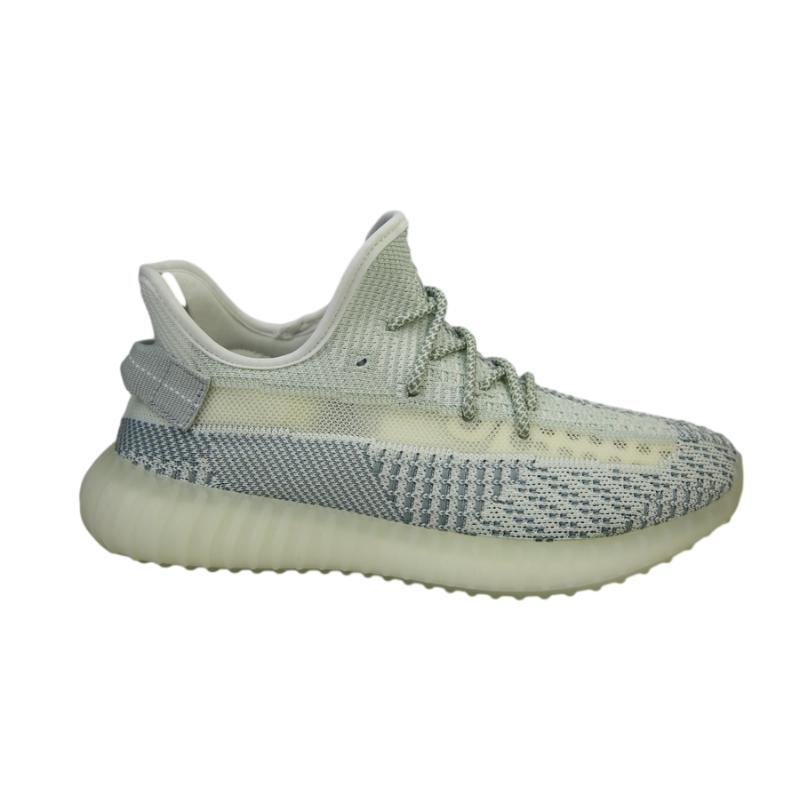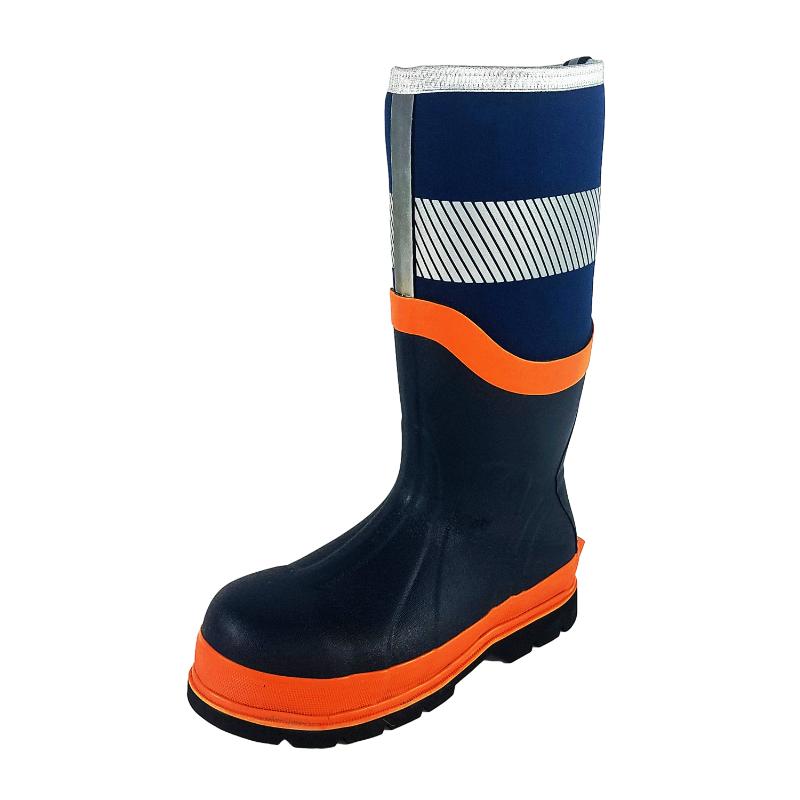One of the main reasons why camo tactical boots are so popular among military and law enforcement personnel is their versatility. These boots are designed to be worn in a variety of environments and activities, from long patrols in the wilderness to urban tactical operations. They can be easily paired with camouflage uniforms, tactical gear, or casual wear, making them a versatile and practical choice for everyday use.






